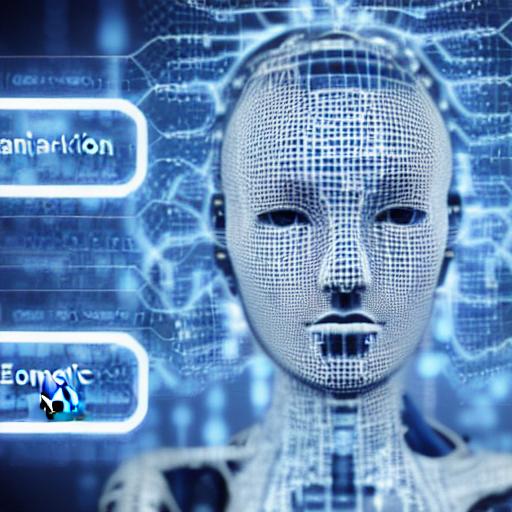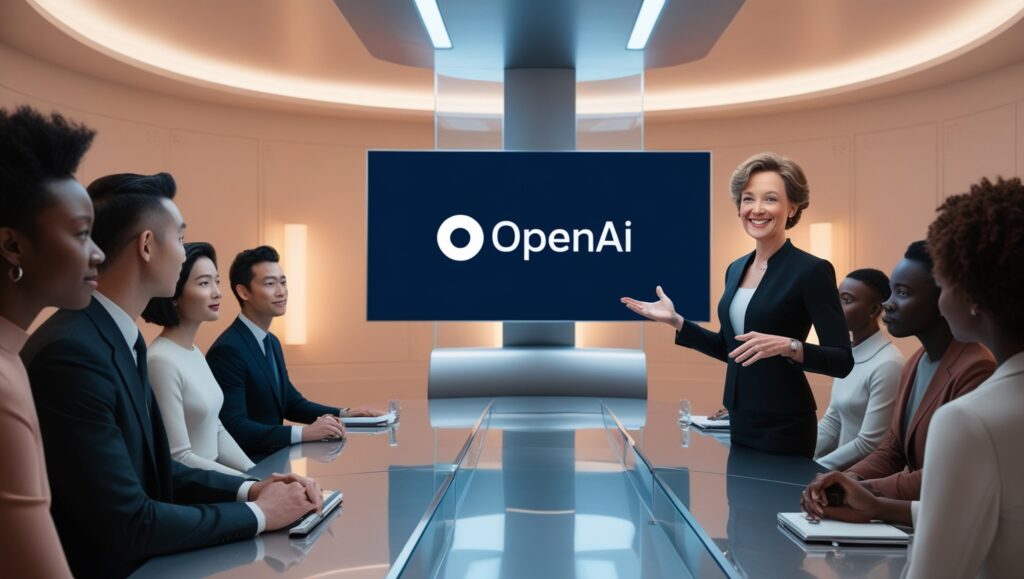This fall, some of the largest names in technology, like Meta, Twitter, and Amazon, fired off staff working on artificial intelligence (AI) and machine learning (ML). It would make reasonable that the industry would be on edge going into 2023 in light of this, but that isn’t the case.
AI specialists from a variety of industries told VentureBeat that they anticipate AI innovation will continue even in the midst of a potential recession and that businesses will change their priorities and finances accordingly. These business experts overwhelmingly emphasized three areas where AI has flourished in recent months and will do so in 2023: workplace automation and human-centric AI; data-driven AI decision-making; and generative AI use cases.
The United States is now experiencing a recession, but despite the financial worries that people and businesses are suffering, Scott Stephenson, CEO of Deepgram, an AI-powered transcribing tool, predicts that AI will stay not only resilient but recession-proof. AI will remain essential to business in 2023 thanks to cost savings and more innovation. Simply said, AI will enable humans to work more efficiently.
While some people may interpret reducing costs and enhancing innovation as workplace automation and AI tools forcing them out of a job, several leaders argue that the more likely scenario is automation taking over routine jobs so individuals can concentrate on more complex ones.
In the foreseeable future, AI shouldn’t and won’t take the place of people, according to Vishal Sikka, founder and CEO of Vian AI, a platform for human-centered AI. Despite how great and potent AI is now, it still cannot compare to human judgement in any way. The awareness that too many platforms aren’t built for human usage will grow in 2023. As opposed to trying to have AI take the position of the user, more and more solutions will be created to enhance human judgement.
Human-centric solutions are required for human-machine interactions
According to a number of experts, as artificial intelligence continues to change the way we work and the tools we use, the tools themselves should also become more human-centric, either by streamlining daily workflows or developing a platform that facilitates two-way interactions between humans and technology.
User-friendly, non-technical AI technologies will proliferate, predicted Zeeshan Arif, founder and CEO of the software development firm Whizpool. They’ll be developing more AI technologies internally to help them improve their customer service and optimize their operations.
In agreement with this, Pieter Buteneers, director of engineering in ML and AI at Sinch, a cloud communications platform, told that as AI “progress[es] toward true comprehension and understanding, it is likely to shift away from keywords in the coming year.
Industry experts told that improvements in large language models (LLMs) and natural language processing (NLP) are also expected to take place in this direction because these technologies can help with scaling corporate operations.
According to Devanshu Bansal, cofounder of The X Future, an ideation platform for corporate teams, NLP is transforming how humans connect with machines; these technologies can understand what people say, act on that knowledge effectively, and reply accordingly. NLP has much more to offer than merely being able to communicate with people clearly; it can also help businesses grow operations by assisting them in understanding the voice of the consumer.
Additionally, Julien Salinas, founder and CEO of NLP Cloud, an AI business that uses LLMs, believes that with continued breakthroughs in human-centric AI, particularly in NLP and LLMs, the technology may potentially become more accessible.
When it comes to natural language processing, They continue to observe a steady development in the deployment of AI technology, Salinas added. She anticipates that huge language models will become more affordable as a result of the numerous low-level optimizations now being achieved by the AI community.
Quality data will be the foundation for AI and ML algorithms
Despite the fact that AI has grown significantly over the past year, some claim that it is still locked in a “Stone Age” and that this is why so many ML efforts fail. This is something that industry executives are becoming more aware of and trying to address as we look ahead to 2023.
Professor of AI at Columbia University and CEO of Fusemachines, Sameer Maskey stated to VentureBeat that “at the company level, data silos continue to offer a huge hurdle…
Organizations are slowly realizing that a lot of data is necessary for AI to succeed.
Maskey anticipates that there will be an increase in the number of tools that make it possible to access “credible pools of data that will help enterprises to profit from AI-powered efficiencies.”
The use of synthetic data, which Gartner expects will be used to speed up 60% of AI projects by 2024, is one option emerging to alleviate AI’s data shortage. Another is the application of foundational models, which are often developed using sizable amounts of unlabeled data and then combined with smaller-sized pieces of labeled data to facilitate problem-solving.
According to Ulrik Stig-Hansen, president and co-founder of the computer vision business Encord, the general trend towards data-centric AI appears to be intensifying. This reduces the entry hurdles for businesses to begin monetizing their data, and all other things being equal, should lead to greater use of these technologies. Companies will need to develop their strategic data utilization during the coming year. The true competitive advantage of AI can be found here.
The use cases for generative AI will multiply
The field’s unofficial “subject of the year,” advances in generative AI, took off this year, spawning a number of new businesses and tools that are revolutionizing how both creatives and non-creatives carry out their job. When given even the most cryptic hints, such as an AI bot seated on a throne, tools like DALL-E, Imagen, and Stable Diffusion almost immediately provide original text-to-image thoughts.
Encord’s Stig-Hansen thinks that there will be a revolutionary leap forward in the availability of generative AI, in addition to its expanding use cases.
In 2023, there are no indicators that this market will slow down, according to Gartner, which also projects that generative AI will increase the quality of digital products and, by 2025, make up 10% of all data produced, up from the current 1%.
Though technology hasn’t fully replaced jobs yet, generative AI is a tool that is making business sectors wonder what may lie ahead.
The technology will continue to impact other industries as well as the creation of images and information, such as speech recognition and finance, according to Deepgram’s Stephenson. He believes generative technology will soon serve as an exoskeleton for people, supporting our current efforts and ultimately paving the way for a more productive and imaginative future.
According to Stig-Hansen, adoption of the tool will rise as a result of the text-to-image, text-to-video, and upcoming text-to-3D capabilities that generative AI offers. This expansion of the tool’s use will likely go beyond the technology and enterprise sectors to include the entertainment and creative industries.
He predicted that these AI models will only get better and more photo-realistic. From only AI-generated faces to full bodies in pictures and video, the environment will develop. Additionally, generative AI will be widely adopted in the music industry and other creative sectors.
The new technology is starting to catch the attention of investors as well, although some are holding off to see if it will just be “hype” or if its growth will actually take off in a positive direction.
Notes for 2023
According to Fortune Business Insights, which also predicts that the industry will be valued over a trillion dollars by 2029, investment and growth in the artificial intelligence market as a whole are anticipated to soar over the coming years.
Research juggernauts like Gartner, Forrester, and McKinsey highlighted the enormous growth of AI. For instance, to acquire a competitive edge, Gartner analyst Afraz Jaffri advises CEOs to pay particular attention to technologies likely to attain general acceptance in two to five years. According to Forrester, the market for AI software will expand by 50% more quickly than the overall software market. Researchers at McKinsey anticipate that AI use will keep rising.
Even as they traverse these highly turbulent economic waters, businesses cannot let the immense power and promise of AI/ML prevent them from utilizing its capabilities, according to Lior Gavish, CTO of data observability platform Monte Carlo. When it comes to maximizing the impact of AI/ML, less is actually more given today’s smaller budgets and leaner workforce.









